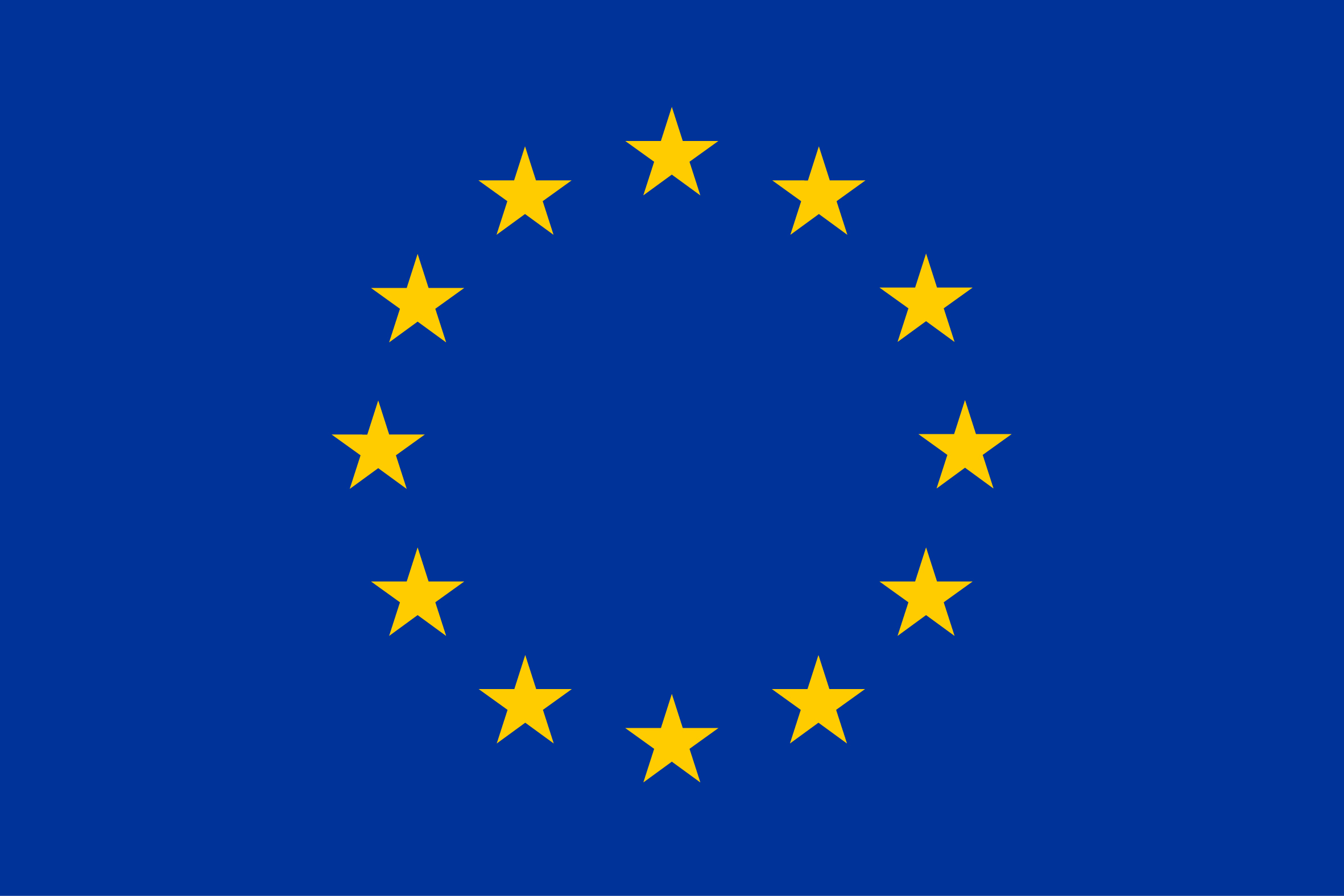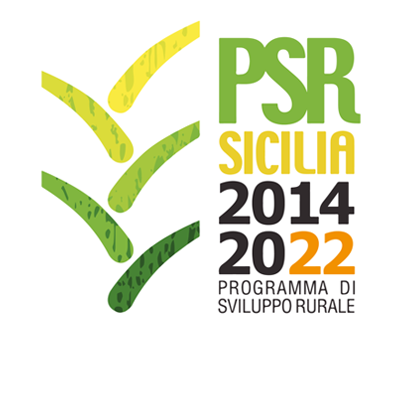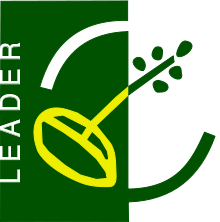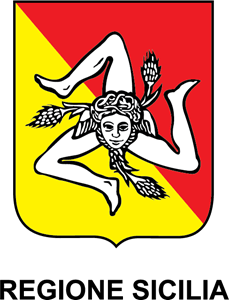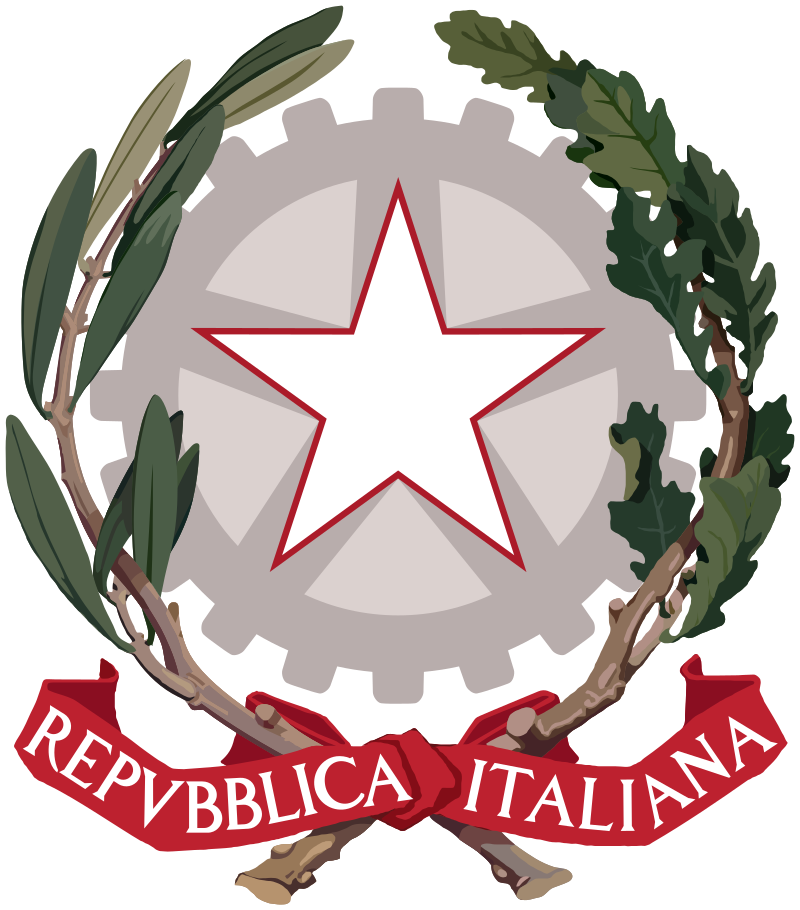Montadale
Country
Specie
ISO3
USA
Language
eng.
Transboundary name
Montadale
Breed classification (adaptedness)
Native
Breed classification (geographic)
Regional
Color comments
white wool white body natural colored wool and body a growing trend
Number of horns males
0
Number of horns females
0
Horn shape size and comments
Male and Female: Polled
Weight males
107.70
Weight females
77.10
Domestication status
domestic
Taxonomic classification
Breed
Description of origin
United States; Cheviot x Columbia
Year of origin
1930
Location within country
~24 of 50 states
Local cryo conservation status
No Material
Local Risk
At Risk
Detailed local risk status
Endangered maintained
Regional Transboundary Risk (detailed)
Endangered
Lincoln
Country
Specie
ISO3
USA
Language
eng.
Transboundary name
Lincoln Longwool
Breed classification (adaptedness)
Native
Breed classification (geographic)
International
Color comments
White and Natural Colored
Number of horns males
0
Number of horns females
0
Horn shape size and comments
Males & Females: Polled
Weight males
122.47
Weight females
102.06
Domestication status
domestic
Taxonomic classification
Breed
Description of origin
England
Year of origin
1700
Import
1825
Location within country
~29 0f 50 states
Local cryo conservation status
Not Sufficient
Local Risk
At Risk
Detailed local risk status
Endangered maintained
International Transboundary Risk detailed
Endangered
Leicester Longwool
Country
Specie
ISO3
USA
Breed classification (adaptedness)
Native
Breed classification (geographic)
Local
Color comments
white whool, white body
Number of horns males
0
Number of horns females
0
Horn shape size and comments
Males and Females: Polled
Description of origin
Leicesterhire, England
Year of origin
18
Import
late 18th century
Location within country
~24 of 50 states
Local cryo conservation status
Not Sufficient
Local Risk
Unknown
Detailed local risk status
Unknown
Katahdin
Country
Specie
ISO3
USA
Transboundary name
Katahdin
Breed classification (adaptedness)
Native
Breed classification (geographic)
International
Specific reproductive characteristic
This breed is known for prolificacy.
Color comments
Primarly white though other colors are allowed
Number of horns males
0
Number of horns females
0
Horn shape size and comments
Male & Female: Polled & few Horned
Weight males
96.39
Weight females
63.50
Other specific visible traits
tail is 20-25 cm long
Domestication status
domestic
Taxonomic classification
Breed
Description of origin
North Central, Maine; St. Croix x Suffolk x Wiltshire Horn
Year of origin
1950
Location within country
~44 of 50 states
Local cryo conservation status
Sufficient
Local Risk
Not at Risk
Detailed local risk status
Not at Risk
International Transboundary Risk detailed
Not at Risk
Karakul
Country
Specie
ISO3
USA
Language
eng.
Transboundary name
American Karakul
Breed classification (adaptedness)
Native
Breed classification (geographic)
Regional
Adaptability to specific environment
These animals are known in the American South-west for their hardiness under extreme environmental conditions as well as their ability to reclaim wastelands in this region.
Specific reproductive characteristic
The females lamb successfully with modest shelter from wind and snow even in Canadian winters.
Color comments
Fleece colors include black, silver, blue, gray, tan, reddish brown and white. Body is black.
Number of horns males
0
Number of horns females
0
Horn shape size and comments
Males: Horned and Polled; Females: Polled
Weight males
90.73
Weight females
81.72
Other specific visible traits
fat tail, tip of tail s-shaped
Domestication status
domestic
Taxonomic classification
Variety
Description of origin
Karakul in Amu Darja River Valley, Uzbekistan
Year of origin
0
Import
between 1908 and 1929
Location within country
~12 of 50 states
Local cryo conservation status
Not Sufficient
Local Risk
Unknown
Detailed local risk status
Unknown
Regional Transboundary Risk (detailed)
Unknown
Lacaune
Country
Specie
ISO3
USA
Breed classification (adaptedness)
Locally adapted
Breed classification (geographic)
Local
Color comments
white wool & white body
Number of horns males
0
Number of horns females
0
Horn shape size and comments
Males and Females: Polled
Weight males
106.59
Weight females
79.38
Description of origin
Lacaune, France
Local cryo conservation status
No Material
Local Risk
Unknown
Detailed local risk status
Unknown
Hampshire
Country
Specie
ISO3
USA
Language
eng.
Transboundary name
Hampshire Down
Breed classification (adaptedness)
Native
Breed classification (geographic)
International
Color comments
White wool with black head and legs
Number of horns males
0
Number of horns females
0
Horn shape size and comments
Male & Female: Polled
Weight males
136.08
Weight females
96.39
Domestication status
domestic
Taxonomic classification
Breed
Description of origin
Hampshire, England
Import
Year of Import: 1840
Location within country
~45 of 50 states
Local cryo conservation status
Sufficient
Local Risk
Not at Risk
Detailed local risk status
Not at Risk
International Transboundary Risk detailed
Not at Risk
Hog Island
Country
Specie
ISO3
USA
Language
eng.
Breed classification (adaptedness)
Native
Breed classification (geographic)
Local
Other special qualities
The animals are used within low input production systems.
Color comments
Most white, but can be black
Number of horns males
0
Number of horns females
0
Horn shape size and comments
Males & Females: horned & polled
Domestication status
feral
Taxonomic classification
Breed
Description of origin
Hog Island, Virgina, USA
Year of origin
1700
Location within country
Maryland, New York, Pennsylvania, Virgina
Local cryo conservation status
Sufficient
Local Risk
Unknown
Detailed local risk status
Unknown
Jacob
Country
Specie
ISO3
USA
Language
eng.
Transboundary name
Jacob
Breed classification (adaptedness)
Native
Breed classification (geographic)
International
Additional information
The reported registration numbers are representing only one of multiple associations available for registration of this breed.
Color comments
White with black to deep gray spots
Number of horns males
2
Number of horns females
2
Horn shape size and comments
Horned
Weight males
74.84
Weight females
49.90
Domestication status
domestic
Taxonomic classification
Breed
Description of origin
England
Year of origin
1800
Import
early 1900's
Location within country
~28 of 50 states
Local cryo conservation status
Not Sufficient
Local Risk
Unknown
Detailed local risk status
Unknown
International Transboundary Risk detailed
Vulnerable
Finnsheep
Country
Specie
ISO3
USA
Language
eng.
Other name
Finnish Landrace
Breed classification (adaptedness)
Locally adapted
Breed classification (geographic)
Local
Color comments
White wool and white body. Natural colors accepted.
Number of horns males
0
Number of horns females
0
Horn shape size and comments
Males and Females: Polled
Weight males
86.20
Weight females
63.50
Domestication status
domestic
Taxonomic classification
Breed
Description of origin
Finland
Import
1968
Location within country
~15 of 50 states
Local cryo conservation status
Sufficient
Local Risk
At Risk
Detailed local risk status
Endangered maintained
